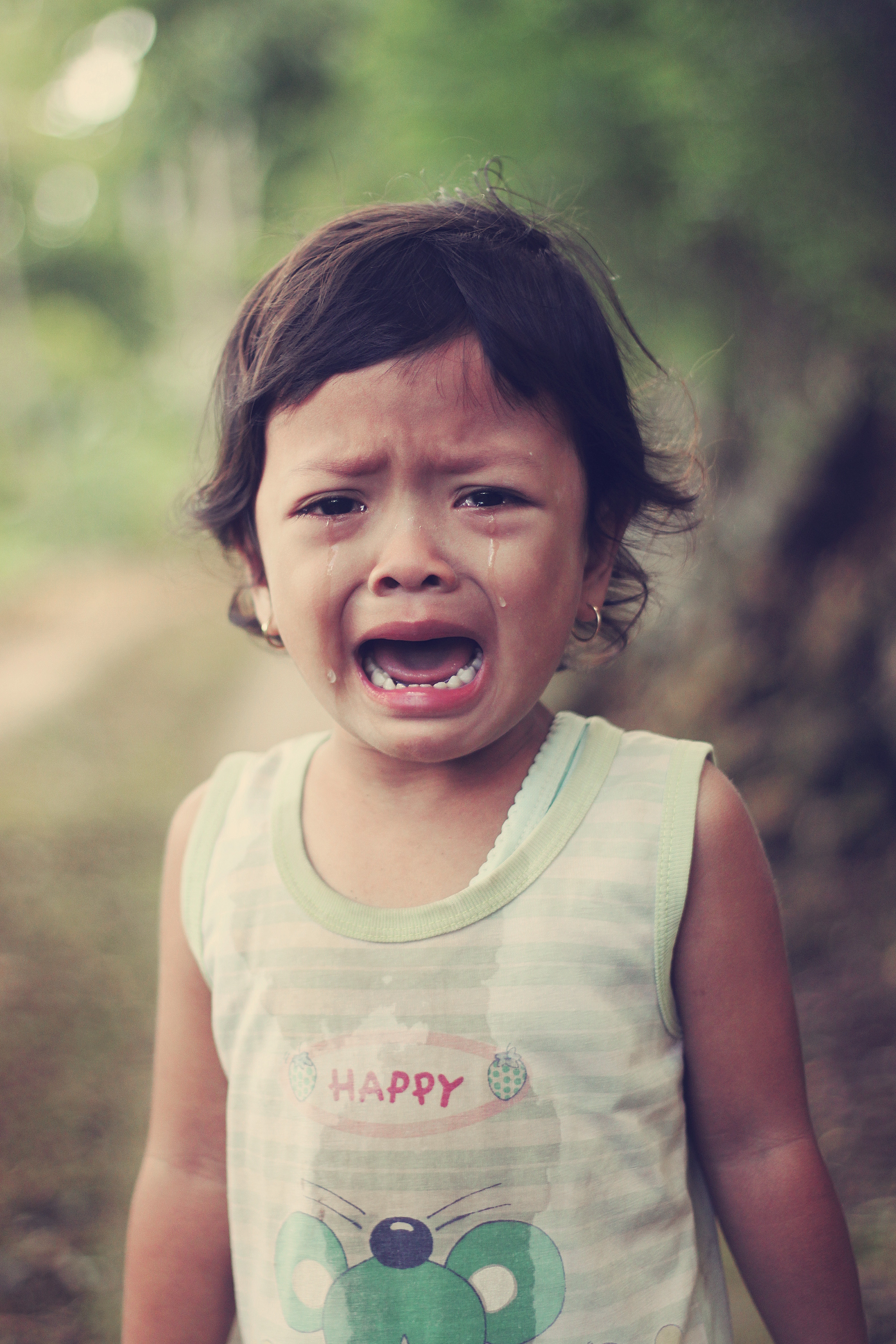So last week was children’s “Mental health week”. I attended multiple events like many other persons around the country in search for information and solutions to mental health problems that is destroying our world. Although I knew that mental health among children and the world is a big problem, these events have highlighted and renewed my awareness of its scale. It is huge! Scary!
I came out of the events with a lot of information and resources available to victims and their families. Although It is encouraging to see the government doing so much in attempt to tackle the problem, I cant help to wonder how we can successfully stop the effects and the impact it leaves on families, individuals and the society as a whole. The fact that our children are at risk should be rekindling interest in everyones mind right now. This is because, it becomes a generational problem and unless we get on top of it, we have a doomed generation and no one is safe! I’ll try not to scare you but make you aware lol.
Mental health problems affect about 1 in 10 children and young people. There is a common misconception when it comes to children’s mental health and stress, grown-ups tend to perceive the world of children as being happy and carefree. This can lead to unnoticed mental health issues which then escalates to bigger problems like anxiety disorders, depression and suicide.
Unfortunately, Stress can affect very young children who get anxious, worry, have feelings of stress and even get overwhelmed by stress leading to depression. Stress in children may not be directly resulting from them. It could be coming from a secondary source like piers, family or friends. Regardless, it still has detrimental effect on their lives and needs to be given attention. Admittedly, as an attendee, I can easily go through the events and take home statistics as opposed to someone watching close circles or Immediate family struggling with these issues especially children. But still the fact that children as young as six years old are falling victim of the various mental health illnesses, is disturbing.
Although this may not be for everyone, well, it never is until it comes to your Immediate circle, but it is good to know. I observe my daughter sometimes struggling with things that I never struggled with and that I would never consider to be of any importance. Having this information may just give you tips on how to recognise and deal with anxiety, stress in children before it is too late and although it may not be useful right now, you never know when you might need it.
To recap, the most common mental health problems among children include:
-Anxiety disorders.
-Eating disorders.
-Mood disorders.
-depression.
Other serious problems include:
-Schizophrenia.
-Attention-deficit/hyperactivity
-Autism spectrum
-Suicide
In my opinion, the first group and the most common of these stem from Stress and anxiety. So I am going to discuss Stress and its management in depth and attempt to come a working definition as we will be referring to it from time to time.
How is stress different from anxiety?
Everyone experiences stress and anxiety at one time or another. The difference between them is that Stress is a response to a threat or a situation, your body’s reaction to a trigger and is generally a short-term experience. Stress can be positive or negative.
Anxiety on the other hand, is a reaction to that Stress, a sustained mental unrest (disorder) that can be triggered by stress. From a research point of view, stress is ‘the harmful reaction people have to excessive pressure or other types of demand placed on them’, a state of physical, psychological or social flaw which makes individuals feel unable to bridge the gap between the requirements and the expectations placed on them. ‘A mismatch of what one is capable of doing and what one is expected to do’ (Cooper 1998). I really like this definition because it makes it easy to understand the causes of stress too.
What does anxiety feel or look like?
Anxiety disorders are characterized by a variety of symptoms. One of the most common is excessive and intrusive worrying and self-consciousness that disrupts daily functioning. Other signs include agitation, restlessness, fatigue, difficulty concentrating, irritability, tense muscles and trouble sleeping.
The HSE (Health and Safety Executive) has come up with a list of Six Stress management areas known to cause stress at workout that can also work in other areas like home, family, social organisations, church etc.
The six areas are:
• Demands
• Control
• Support
• Role
• Change
I will be discussing each issue separately in the next six weeks so look out for more and participate as I would like to hear what others think or what their experiences are. It is amazing and interesting to see how these areas apply in even normal daily lives especially children so please get in touch and share your experience as we look at them in the coming weeks.
speak soon
Jambie

